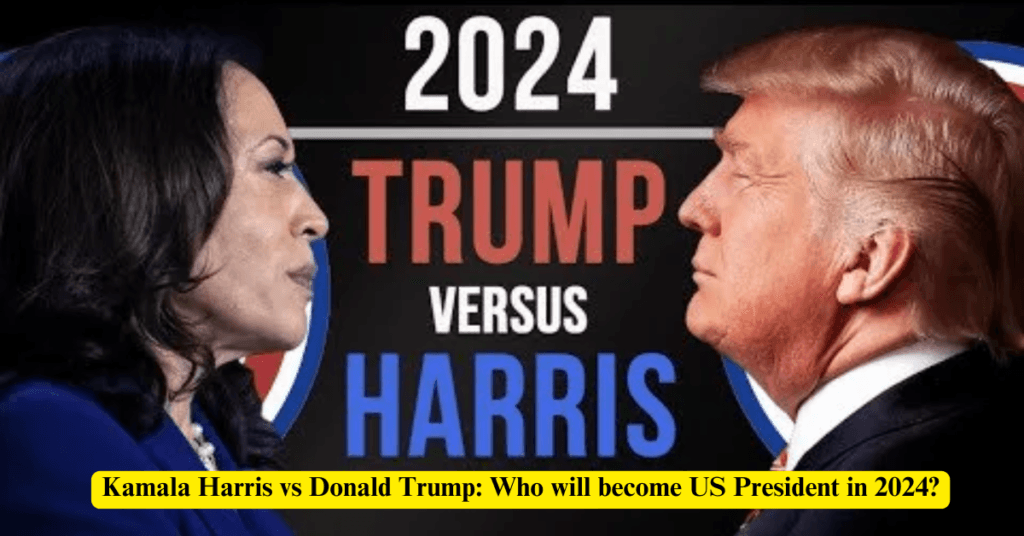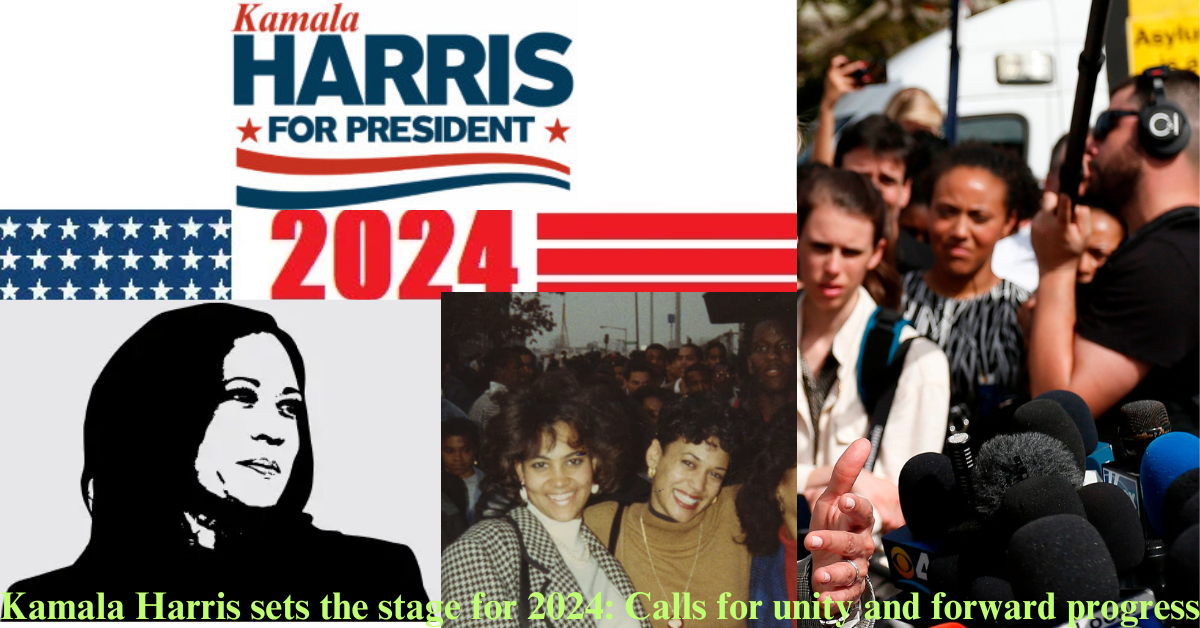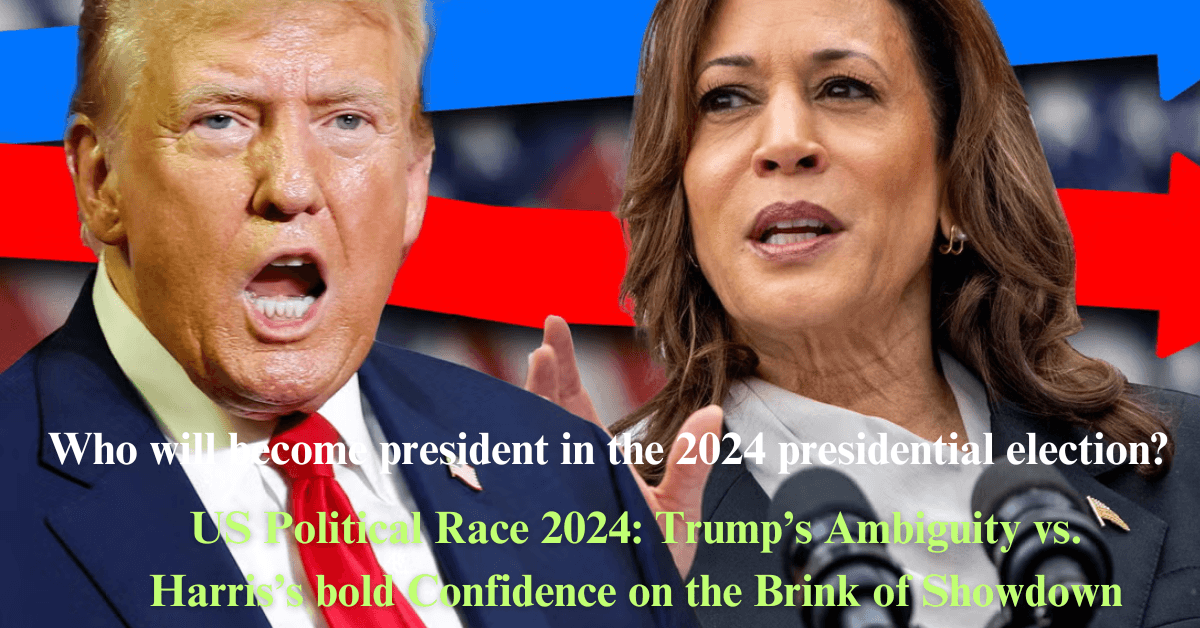
Table of Contents
Kamala Harris vs Donald Trump: Who will become US President in 2024?
Kamala Harris vs Donald Trump: Which key US states give each candidate an edge?
As voting in the US presidential election is set to begin in a few hours, the race between Kamala Harris and Donald Trump is turning competitive, with surveys indicating a near tie in several key states.
The winner of the presidential election will rule a country of over 330 million people, but the contest will be decided by a small portion of the population of a handful of states. Citing opinion polls, US media reports said only seven of the 50 states are truly competitive this year, with the rest comfortably leaning Democratic or Republican.
Kamala Harris US presidential contest

Latest national trends
Key battlegrounds such as Iowa, Michigan, Pennsylvania, Georgia and North Carolina will likely determine the outcome as both candidates make their final push for votes before Election Day. Of those seven battlegrounds, Pennsylvania, the most populous, comes across as the most likely state to determine whether Democrat Harris or Republican Trump is the next president.
The narrow margins indicate that last-minute shifts in voter turnout and public sentiment could play a key role in deciding the next president. The race is particularly tight in swing states crucial for electoral votes. Polls indicate that states such as Pennsylvania, Georgia and Arizona are effectively tied.
Several US polls show Harris ahead of Trump by a slim margin. The HarrisX/Forbes poll has Harris at 49% and Trump at 48%, while the PBS News/NPR/Marist poll has them at 51% and 47%. However, other polls, including those by NBC News and Emerson College, show a margin of 49%.
Harris leads
Iowa: Recent polls show Harris has taken a lead in Iowa, with a slight lead of 47% and 44% over Trump. The shift is attributed mainly to strong support from female voters.
Michigan: Harris is actively campaigning here and focusing on urban areas where her message of unity could resonate well. Her efforts are aimed at solidifying support among diverse communities.
Trump’s edge
Georgia and North Carolina: Trump has strong support in these states. His campaign is focused on economic issues like inflation and government spending, which affect many voters concerned about rising costs.
Pennsylvania: Both candidates are spending a lot of time in Pennsylvania, but Trump has historically done well here. His rallies emphasize economic recovery and border security, which attract key demographics.
Key US states
Seven states could go either way on November 5: the Rust Belt trio of Michigan, Pennsylvania and Wisconsin, and the Sun Belt quartet of Arizona, Georgia, Nevada and North Carolina. Michigan, Pennsylvania and Wisconsin served as the “Blue Wall” for Democratic candidates for a generation.
However, in 2016, Trump won all three narrowly, leading to his unexpected victory over Democrat Hillary Clinton. Four years later, Joe Biden won the presidency after reclaiming Michigan, Wisconsin, and Pennsylvania for the Democrats, while also scoring surprise victories in Georgia and Arizona, two states that had historically voted Republican.


